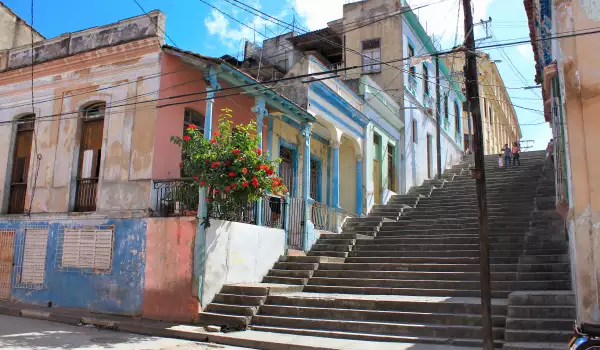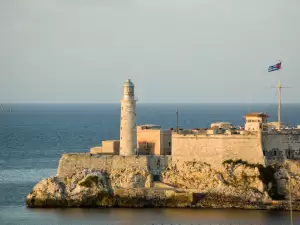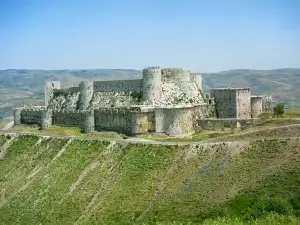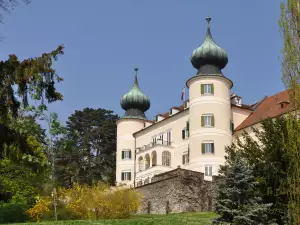Santiago de Cuba

Santiago de Cuba is the second largest city in Cuba. For a long time Santiago de Cuba has been trying to compete with the Cuban capital in terms of culture, vision, tourism, but still manages to retain a unique city spirit. Santiago de Cuba is the capital of the eponymous province in southeast Cuba. The town itself is one of the most picturesque in the country - famous for its beauty, many cultural and historical attractions and the unparalleled hospitality of the people that are prerequisites for the great interest from tourists.
Santiago de Cuba is located 870 km southeast of the Cuban capital of Havana, on a beach, which outlines its silhouette and finishes with a mountain view. The city is one of the most developed tourist centers in the country, has an excellent hotel infrastructure, a great beach, mountain and city. Santiago de Cuba was founded in 1515 by Diego Velazquez, and was first among the seven cities of Cuba.
Perhaps because of the exceptional geographical conditions of the area, it was the first capital city of Cuba until 1556, when it moved to San Cristobal de La Abano. Santiago de Cuba is located on the bay, which is connected to the Caribbean and has long been an important port and one of the key centers in the region. Currently, in Santiago de Cuba live about 500 000 people.

Santiago de Cuba is considered the realm of all genres of music in Cuba - the land of eternal joy and carnivals. In the city, almost throughout the year, various festivals and carnivals that are not to bemissed take place. Sightseeing in Santiago de Cuba promises many interesting moments. The city boasts a significant historical value as the first house in America, the first cathedral in Cuba, the first copper mine in the open throughout the American continent are here, as is the first museum in the country.
The walk in Santiago de Cuba can start from the main square and Parque Cespedes, which is the main point for meetings, events and social life in the city. The whole square is surrounded by different style buildings dating from different eras - from the colonial buildings of the 15th century to the modern buildings of the 20th century. Here are the cathedral and city hall too.
El Ayuntamiento is a massive white building, built in 1515. It was restored in the 20th century, but continues to keep the architectural style of the colonial era. Here on January 1, 1959 Fidel Castro proclaimed the victory of the revolution before the thousands of citizens of Santiago de Cuba.

The building of the Catedral de Nuestra Señora de la Asunción is a massive white-yellow cathedral. It was built in early 19th century and is the latest in a series of churches destroyed over the centuries by natural disasters, pirate raids, etc. Within this temple of Santiago de Cuba you can see beautiful frescoes, arches and domes. In the crypt are preserved the remains of the Spanish conquistador and founder of the city- Diego Velazquez. The Cathedral itself is located near Park Cespedes.
Perhaps the most important historical site of Santiago de Cuba is Morro Castle. It is located about 15 kilometers south of Santiago de Cuba and dates back to 1638 in its present form. Raised as a military defensive fortress on the coast, Morro Castle is a medieval renaissance castle with all the features of such historic buildings - movable bridges, holes, secret passages, tunnels and dungeons. The castle was built on 5 floors and has a basement, it is surrounded by five feet thick walls.
In the vicinity of Santiago de Cuba are other beautiful and interesting places to be seen. 18 km west of Santiago de Cuba, in Sierra Maestra, you can see old former copper mines. Here is the most important religious shrine and most famous church in Cuba - Santuatio del Cobre.
The temple was built in 1927, inside it can be seen the sacred Black Madonna (protector of Cuba). Local say that the statue was discovered at sea by three fishermen in the 12th century. Cubans from all over the country come to worship in the sanctuary. Park "Bakonao" Biosphere Reserve is located near Santiago de Cuba. National Park "Grand Pedro" is located in the Sierra Maestra.















